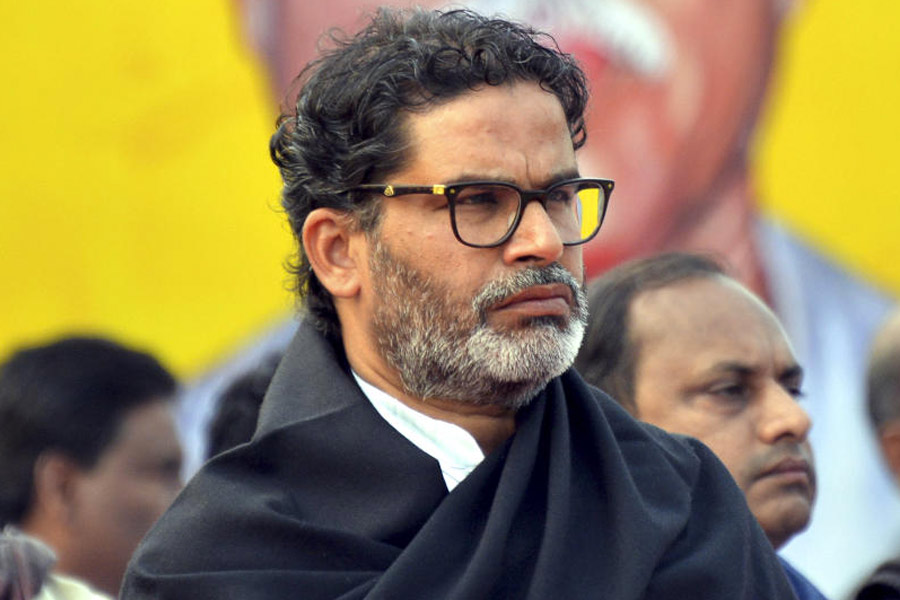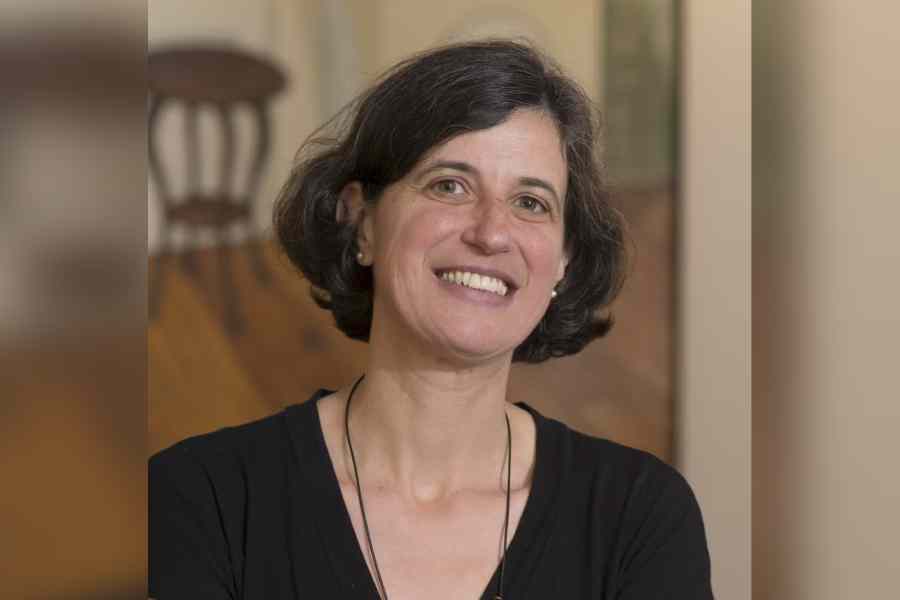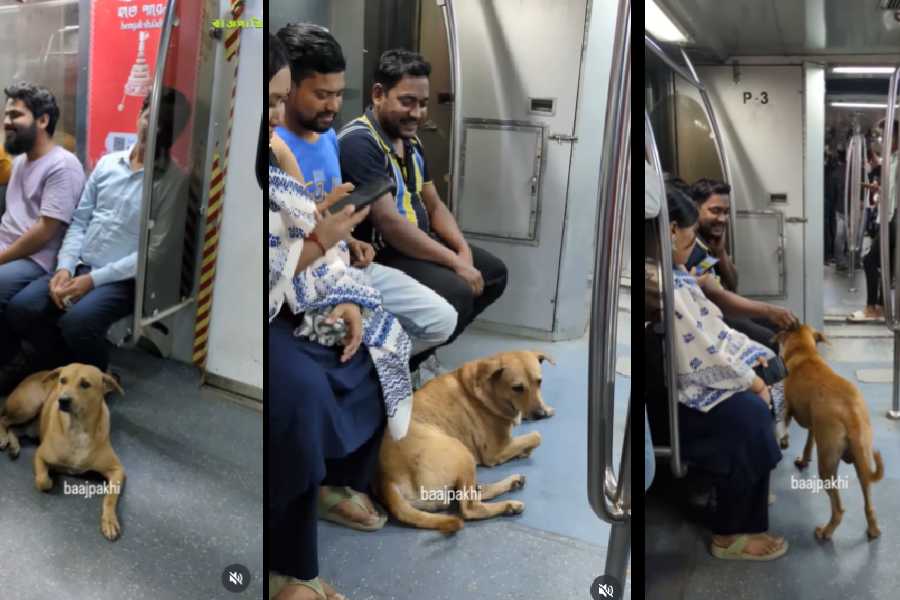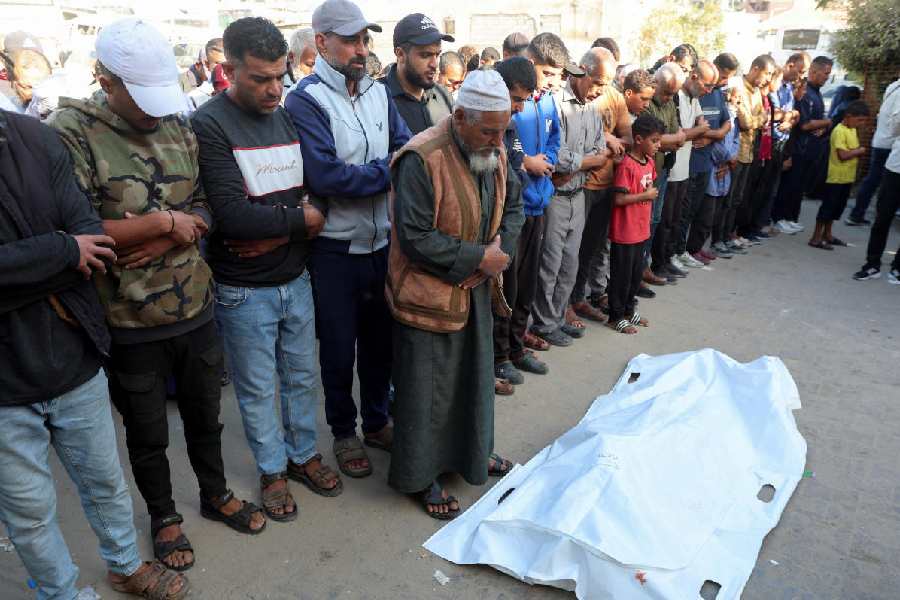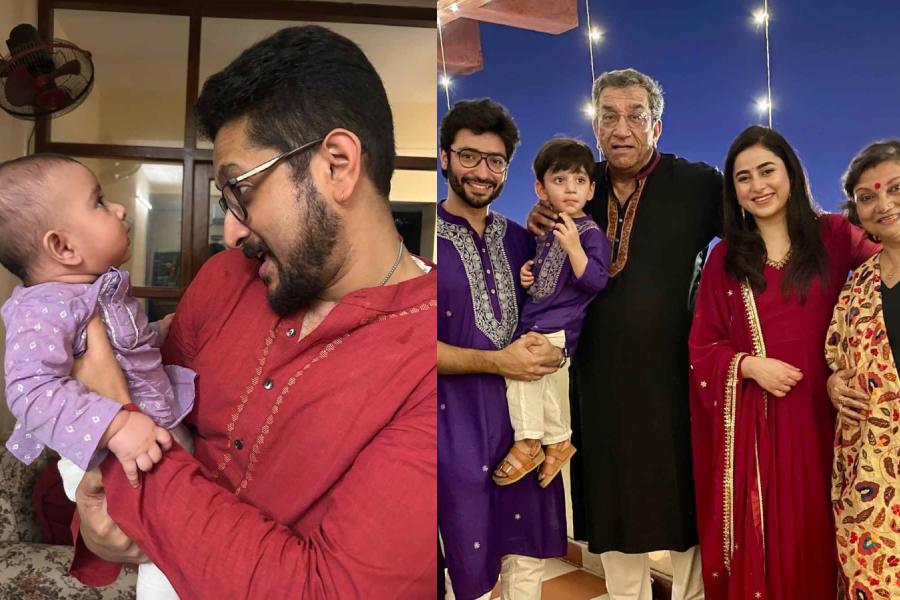“If provided proper training and guidance, the kids will do even better,” Majumder said.
Points secured by the top four performers from every institution were taken into account for the School Award. South Point, the eventual winner, had sent over 60 entries, quite a few of them with FIDE ratings (issued by the World Chess Federation). Future Hope had only seven representatives.
So how did a school that hardly made its presence felt last year turn into a cradle of potential champions in less than 12 months?
“We started the Future Hope Chess Academy in February this year. We appointed a coach who conducts classes every Monday and Friday for two hours. Grandmaster Dibyendu Barua is so impressed with the progress of our boys that he has allowed us to practice at his academy at Ballygunge Place every Friday,” said Sayan Mukherji, a director of Future Hope India.
The coaching focuses on letting the trainees analyse their mistakes rather than structured openings and middle and endgame combinations. The kids are also trained to use computer software like Fritz-5 and Chessmate, which test one’s skill levels.
Mangal, who defeated national chess champion Mary Ann Gomes in a friendly along with English cricket great Ian Botham and current wicketkeeper Craig Kieswetter when they came visiting, said chess had helped him do better in math. “I have been trying to secure full marks in math in school but it happened only this year in the Class VIII half-yearly exams,” said the 15-year-old.
Abdul, who started school late, has also become a better student since taking up chess.
Bipin Shenoy, their coach in school, said the boys were keen to learn and quick to grasp whatever he taught them. “I teach in six other schools. But probably because of their background, the Future Hope boys are much more passionate about the game. They always ask when’s the next class and you can see that they are looking forward to it.”
Future Hope, set up in 1988 to provide a home, education, medical care and career opportunities to street children, runs seven homes in south Calcutta, where more than 160 children live.


